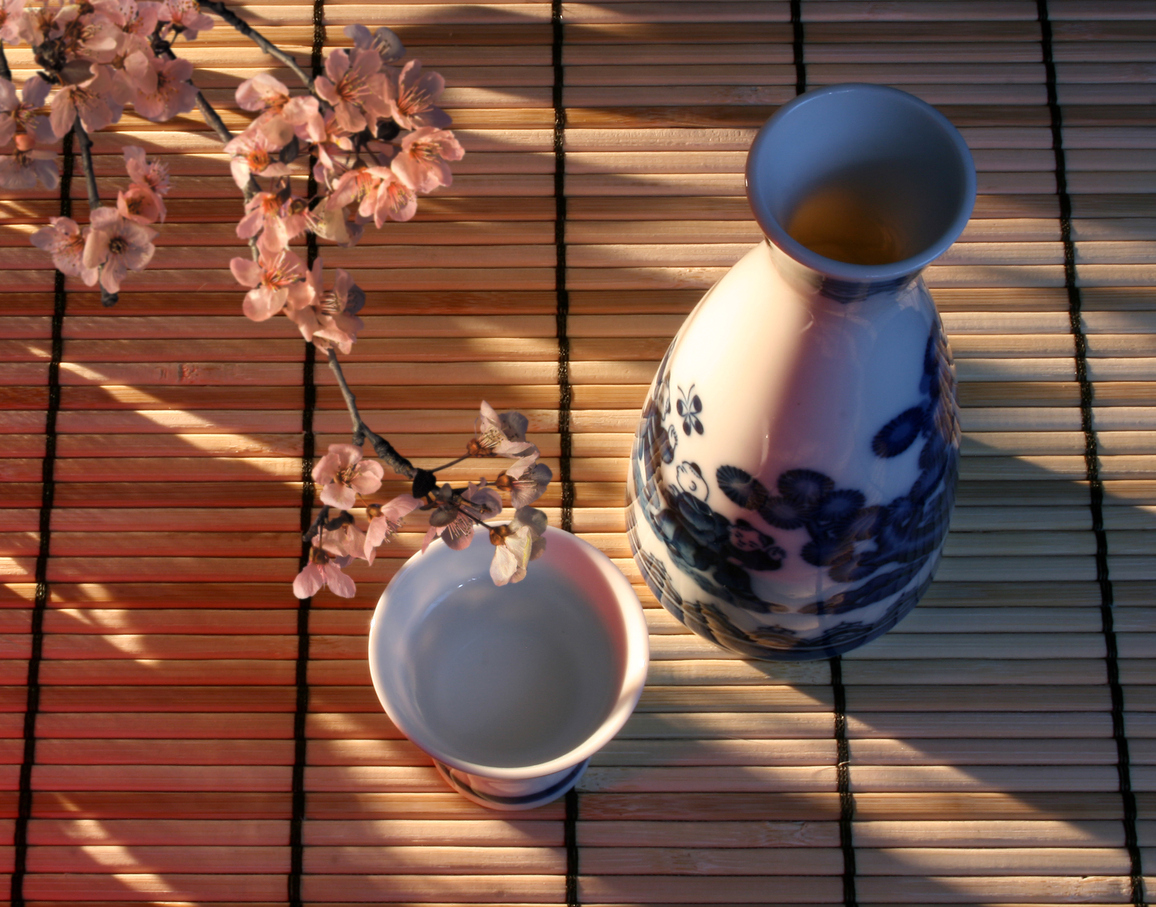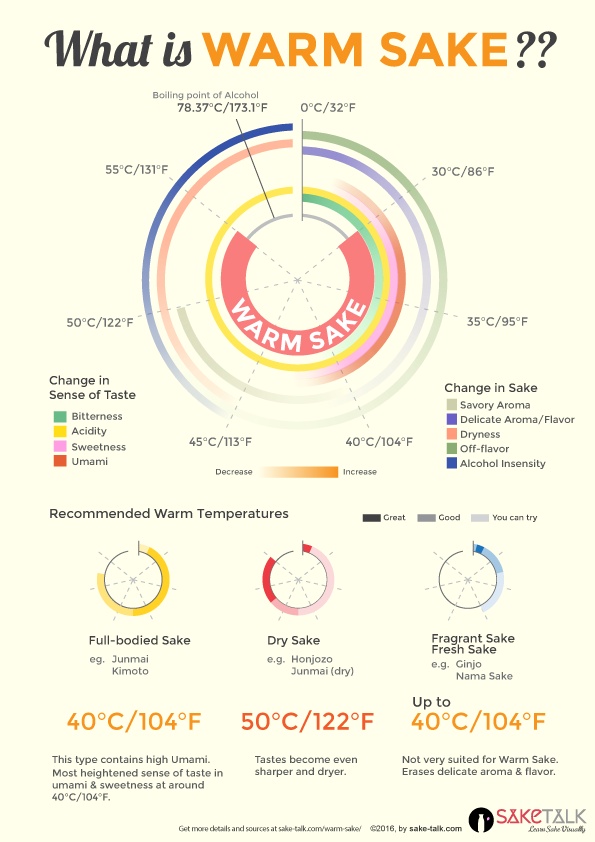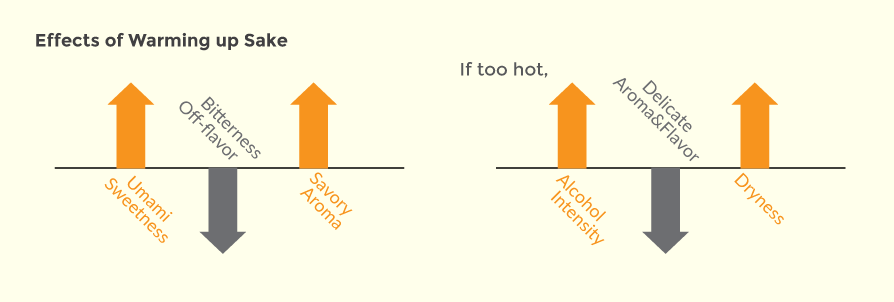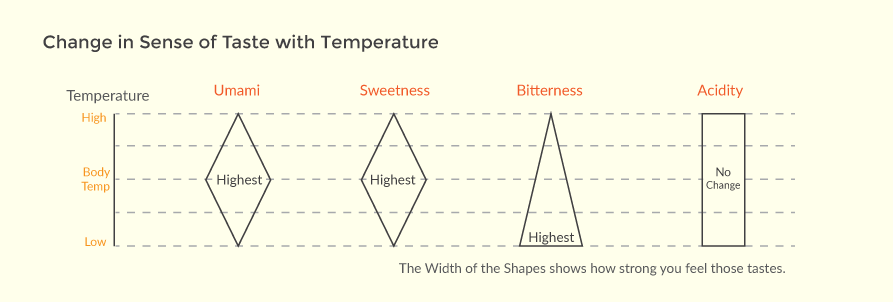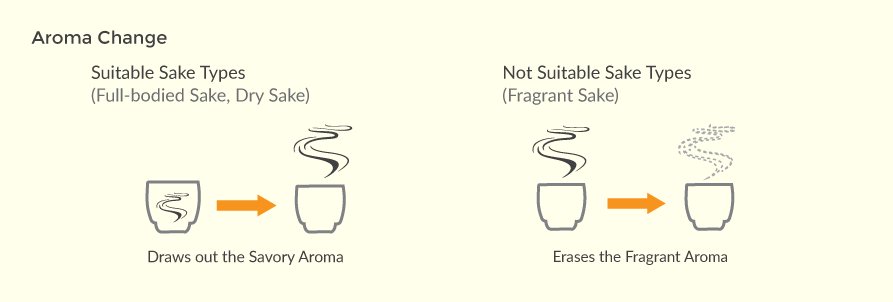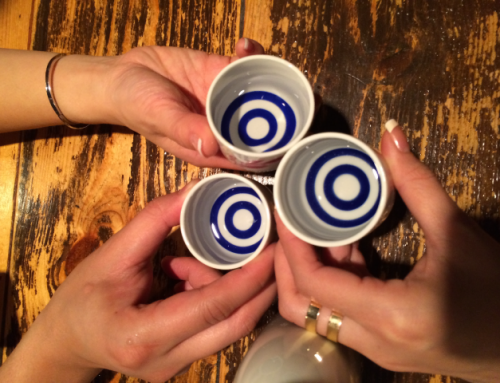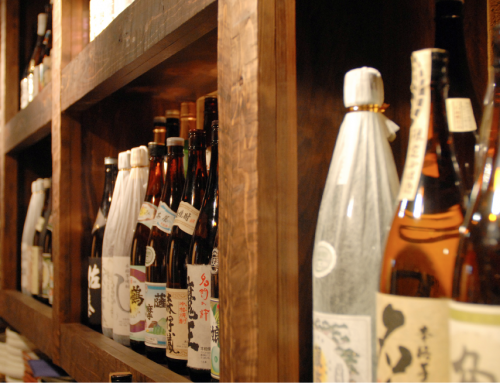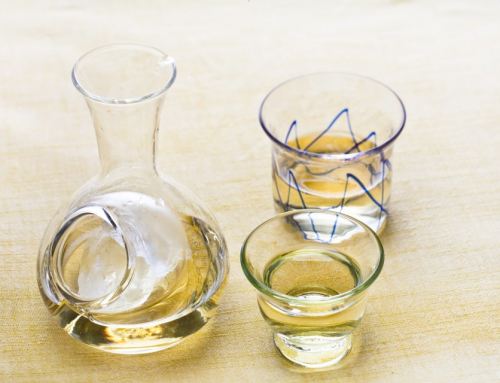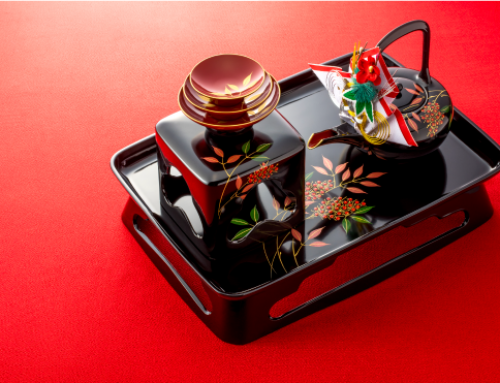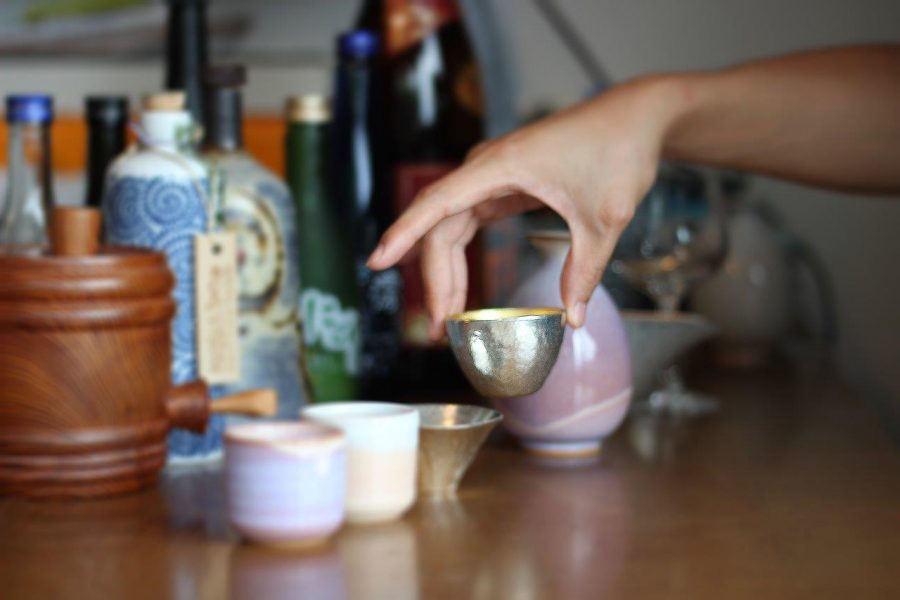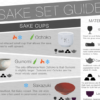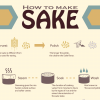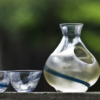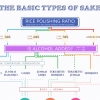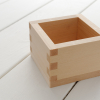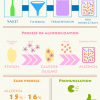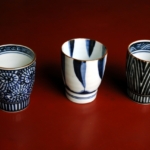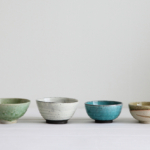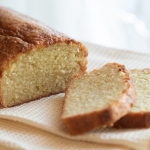Contents
Do you know Sake could be heated up?? It is pretty common to have hot or warm Sake in Japan. Even though it is sometimes called “Hot Sake”, it is not like boiling Sake. You don’t want to get your Sake too hot. So what is Warm Sake?? Warm Sake normally refers to Sake with the temperature between 30°C/86°F to 55°C/131°F. Warm Sake should be about 55°C/131°F at maximum.
Warming Sake kind of changes the flavor of Sake in a good way. Well, not all kinds of Sake (some Sake are not suited for heating) though. But if appropriate types of Sake are warmed up, it will give you a whole different impression.
Effects of Heating up Sake
Benefits of Warm Sake
- Increases Umami and Sweetness (click here to know what umami is)
- Reduces bitterness and off-flavors
- Opens up a savory aroma
Warm Sake can be better for your body too. Warm alcohol is absorbed by the body more easily than cold alcohol, thus you are (may) get drunk more moderately. Also, warm Sake is great for the winter season as warm Sake will warm up your shivering body.
But if Sake gets too hot,
- Increases the intensity of alcohol
- Eliminates the delicate aroma and flavor
- Alcohol starts evaporating
- Therefore, becomes unbalanced flavored Sake
What happens if the temperature of Sake changes?
First, our sense of taste changes when the temperature changes. The graph below shows the change in our sense of taste.
For example, you can taste sweetness better, thus sweeter, if the temperature of something you are having is closer to body temperature (35-40°C/95°F-104°F). I bet you have an experience where you thought a melted ice cream was sweeter than when it was still frozen. Also, Umami is tasted better when the temperature is higher.
On the other hand, bitterness becomes more bitter when the temperature is low. So you may taste cold coffee more bitter than hot coffee. However, the taste of acidity is not affected by a temperature change.
Also, aroma components are released from a liquid when heated up, making Sake aroma stronger in Warm Sake. But remember Ginjo type is already fragrant without warming up, so heating up Ginjo Sake will likely to erase the fragrant aroma by releasing all the aroma components.
To sum up, when Sake is warmed up, the Sake becomes more aromatic, and you taste the sweetness and Umami stronger, and the bitterness weaker.
Sake types suited for Warm Sake
Generally speaking, Sake that is rather full-bodied, high in Umami and acidity, including Junmai type, some Honjozo type, and Futsu-shu, are suited for Warm Sake. For Sake types, check our Basic Types of Sake page.
Dry Sake is fine to be heated up to 55°C/131°F, making the Sake even sharper and dryer, but Rich-flavored/Full-bodied Sake is recommended to be only heated to lukewarm at around 45°C/104°F or below, to enjoy the increased umami and sweetness of the Sake.
On the other hand, fragrant Ginjo types and fresh Nama Zake types are not very suited for Warm Sake, because heating them up will lose the fragrant aroma and delicate flavor of Ginjo Sake and the freshness in taste.
But there is no rule about how you drink Sake. Some Ginjo type or Nama Sake tastes great in hot temperature. So you can still try heating those Sake up. You may be surprised how good/bad the flavor changes. :)
Temperature Names
55°C/131°F: Tobikiri-Kan (飛びきり燗): Hot. Very strong in flavor, becomes super-dry.
50°C/122°F: Atsukan (熱燗): Slightly hot. Sharp flavors. Dry texture.
45°C/113°F: Jo-Kan (上燗): Warm. Steam puffs out when sake is poured into a glass.
40°C/104°F: Nuru-Kan (ぬる燗): Close to body temperature. moderately warm. Aromas open up the most. Mild flavor.
35°C/95°F: Hitohada-Kan (人肌燗): A bit lower than body temperature. slightly warm. Aromas of rice and Koji become rich.
30°C/86°F: Hinata-Kan (日向燗): neither warm or cold. Aromas open up. Smooth texture
18-28°C/64-82°F: Hiya (冷や): Room temperature. The original flavors and aromas can be enjoyed as they are.
15°C/59°F: Suzu-hie (涼冷え): Fragrant aromas. Thick texture.
10°C/50°F: Hana-hie (花冷え): kept in a fridge for a few hours. Clean.
5°C/41°F: Yuki-hie (雪冷え): Very cold. Aromas close up. Clean texture can be enjoyed.
More details at our 10 Serving Temperature Names Used By Sake Enthusiasts page.
Warm Sake Myth
In the old days, very hot Sake was served in order to hide the bad taste and low quality of Sake. But nowadays, Hot or Warm Sake is enjoyed as one way of drinking Sake. So do not worry about getting Warm Sake at a restaurant.
The important thing to draw out the best of Sake is to find the appropriate temperature for the Sake. If you like Warm Sake, it may be fun to have a sip of Sake at a lower temperature and increase the temperature by 5°C/1.8°F and continue doing so up to 55°C/41°F. We are sure you will enjoy the differences that one Sake makes at different temperatures.
Next, THE 10 BEST SAKE SET FOR HOT SAKE!
